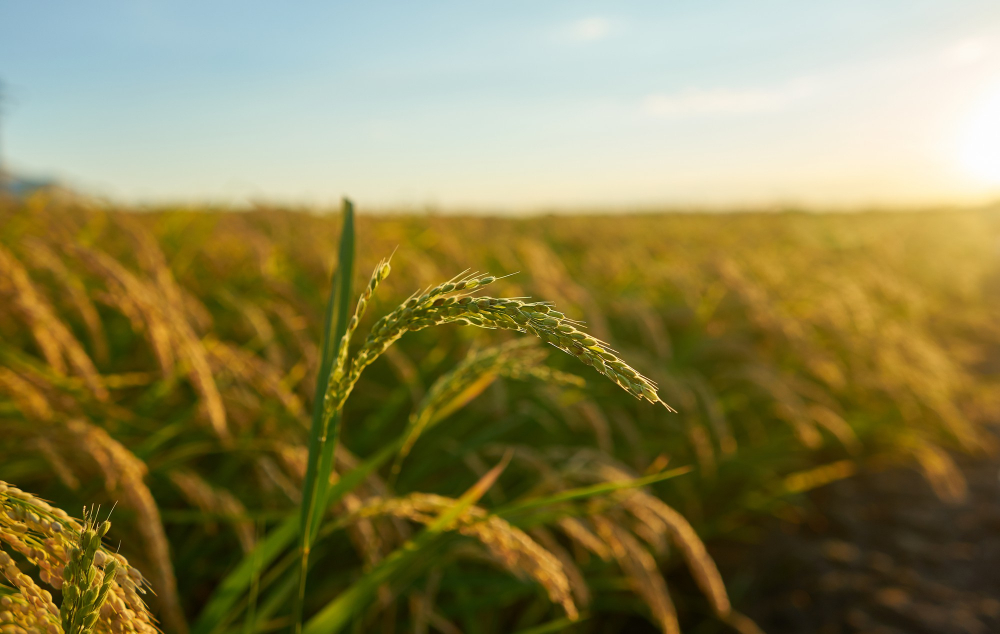
The Role of Government and Policy in Supporting Pest and Disease Forecasting
Effective pest and disease forecasting is crucial for the sustainability and productivity of agriculture. Accurate forecasting helps in preemptive action, minimizing crop losses, and optimizing resource use. Government policies and support play an essential role in developing, implementing, and sustaining these forecasting systems. This article delves into the multifaceted role of government and policy in enhancing pest and disease forecasting, ensuring a positive agricultural outlook.
Government’s Role in Pest and Disease Forecasting
Funding and Research Support
One of the primary roles of government in pest and disease forecasting is to provide funding and support for research and development. This includes:
– Grants and Subsidies: Governments can offer grants and subsidies to universities, research institutions, and private companies working on innovative forecasting technologies.
– Research Institutions: Establishing and maintaining research institutions dedicated to agricultural research, including pest and disease forecasting, is crucial. These institutions can focus on developing new models, integrating advanced technologies like AI and machine learning, and conducting field trials.
Development of Infrastructure
To ensure effective forecasting, robust infrastructure is necessary. Governments can facilitate the development of this infrastructure by:
– Meteorological Stations: Installing and maintaining weather stations that provide critical data for forecasting models.
– Data Collection Networks: Developing networks for real-time data collection, including sensors and IoT devices in agricultural fields.
– Communication Systems: Ensuring that communication systems are in place to disseminate forecasts and alerts to farmers promptly.
Regulatory Framework
A comprehensive regulatory framework is essential for standardizing practices, ensuring data quality, and protecting stakeholders’ interests. Governments can establish:
– Standards and Protocols: Defining standards for data collection, model validation, and reporting to ensure consistency and reliability.
– Privacy Regulations: Implementing regulations to protect farmers’ data privacy and encourage data sharing.
– Certification Processes: Developing certification processes for forecasting tools and technologies to ensure they meet established standards.
Public-Private Partnerships
Governments can promote collaboration between public institutions and private enterprises to leverage expertise and resources from both sectors. This can be achieved through:
– Joint Ventures: Encouraging joint ventures between government agencies and private companies to develop and implement forecasting technologies.
– Innovation Hubs: Establishing innovation hubs and incubators that bring together researchers, entrepreneurs, and farmers to develop practical solutions.
– Funding Initiatives: Launching funding initiatives that require collaboration between public and private entities to qualify for grants.
Capacity Building and Training
Educating and training stakeholders is crucial for the effective use of forecasting systems. Governments can play a significant role by:
– Training Programs: Organizing training programs and workshops for farmers, extension workers, and agronomists on using forecasting tools and interpreting data.
– Extension Services: Strengthening agricultural extension services to ensure they are equipped with the latest forecasting technologies and can assist farmers in implementing recommended practices.
– Educational Curricula: Integrating pest and disease forecasting into agricultural education curricula to build future expertise in the field.
Dissemination of Information
Ensuring that forecasting information reaches farmers in a timely and understandable manner is critical. Governments can support this by:
– Digital Platforms: Developing digital platforms and mobile applications that provide real-time forecasts and alerts.
– Traditional Media: Using traditional media, such as radio and television, to broadcast important forecasting information, especially in areas with limited digital access.
– Local Networks: Leveraging local agricultural networks and community organizations to disseminate information at the grassroots level.
International Collaboration
Pest and disease threats often transcend national borders, making international collaboration essential. Governments can foster this by:
– Global Networks: Participating in global networks and organizations dedicated to pest and disease forecasting and management.
– Data Sharing Agreements: Establishing data sharing agreements with neighboring countries to enhance the accuracy of cross-border forecasts.
– Joint Research Initiatives: Engaging in joint research initiatives and sharing best practices with other countries to address common challenges.
Policy Framework for Supporting Pest and Disease Forecasting
National Agricultural Policies
National agricultural policies should prioritize pest and disease forecasting as a key component of agricultural development. This can be achieved by:
– Strategic Planning: Including pest and disease forecasting in national agricultural strategic plans and setting clear goals and targets.
– Resource Allocation: Allocating sufficient resources, including budget and human capital, to develop and sustain forecasting systems.
– Performance Metrics: Establishing performance metrics to evaluate the effectiveness of forecasting systems and ensuring continuous improvement.
Climate Change Adaptation Policies
Climate change significantly impacts pest and disease dynamics, making it essential to integrate forecasting into climate adaptation policies. Governments can:
– Risk Assessments: Conduct risk assessments to identify climate-sensitive pests and diseases and develop targeted forecasting models.
– Adaptation Programs: Include pest and disease forecasting in broader climate adaptation programs and initiatives.
– Funding Mechanisms: Create funding mechanisms specifically for projects that address climate change-related pest and disease challenges.
Innovation and Technology Policies
Supporting innovation and technology is crucial for advancing forecasting capabilities. Policies can focus on:
– Research Grants: Providing grants and incentives for research and development in forecasting technologies.
– Tech Adoption: Encouraging the adoption of new technologies, such as AI, machine learning, and IoT, in agricultural practices.
– Public-Private Collaborations: Promoting collaborations between technology firms and agricultural stakeholders to develop practical forecasting solutions.
Disaster Management Policies
Effective pest and disease forecasting can play a significant role in disaster management. Policies should:
– Early Warning Systems: Integrate forecasting systems into national early warning systems for agricultural disasters.
– Response Plans: Develop response plans that include specific actions based on forecasting information to mitigate the impact of pest and disease outbreaks.
– Insurance Schemes: Promote insurance schemes that cover losses due to pest and disease outbreaks, encouraging farmers to adopt forecasting practices.
Agricultural Outlook Reports
Regular agricultural outlook reports that include pest and disease forecasts can help stakeholders plan and prepare effectively. Governments can:
– Publication Schedules: Establish regular publication schedules for agricultural outlook reports, ensuring they are timely and relevant.
– Comprehensive Data: Include comprehensive data on pest and disease forecasts, climate predictions, and recommended management practices.
– Stakeholder Engagement: Engage with stakeholders, including farmers, agribusinesses, and researchers, to ensure the reports meet their needs and provide actionable insights.
Case Studies and Examples
Example 1: Australia’s National Pest and Disease Forecasting System
Australia has developed a robust national pest and disease forecasting system supported by government policies. The system integrates data from various sources, including meteorological stations, remote sensing, and ground surveys. The government funds research initiatives, supports infrastructure development, and promotes public-private partnerships. The system has significantly improved the country’s ability to manage pest and disease threats, enhancing its agricultural outlook.
Example 2: India’s Use of AI in Pest Forecasting
The Indian government has partnered with technology companies to develop AI-based pest forecasting systems. These systems analyze weather data, soil conditions, and crop health to predict pest outbreaks. The government has supported this initiative through funding, infrastructure development, and training programs for farmers. The AI-based forecasts have helped reduce crop losses and improve resource management.
Example 3: European Union’s Horizon 2020 Program
The European Union’s Horizon 2020 program funds research and innovation projects, including those focused on pest and disease forecasting. The program encourages collaboration between member states, research institutions, and private enterprises. This initiative has led to the development of advanced forecasting models and technologies, contributing to a positive agricultural outlook across the region.
Conclusion
Government and policy play a pivotal role in supporting pest and disease forecasting, which is essential for sustainable agriculture and a positive agricultural outlook. Through funding and research support, infrastructure development, regulatory frameworks, public-private partnerships, capacity building, information dissemination, and international collaboration, governments can enhance the effectiveness of forecasting systems. Comprehensive policy frameworks that prioritize innovation, climate adaptation, disaster management, and regular agricultural outlook reports further strengthen these efforts. As the challenges of pest and disease management evolve, continuous government support and policy innovation will be crucial in ensuring the resilience and productivity of agriculture.


